PI Name & Affiliation:
Dr. V. Gayathri,
Assistant Professor (Sr.),
CO2 Research and Green Technologies Center,
Vellore Institute of Technology, India
Co-PI Name & Affiliations:
Dr. R. Velraj,
Professor,
Institute for Energy Studies,
Anna University,India
Dr. Shaligram Tiwari,
Professor,
R&AC Laboratory,
IIT Madras, India
Canadian Partner:
Prof. Fariborz Haghighat,
Professor,
Building, Civil, and Environmental Engineering, Concordia Research Chair - Energy and Environment (Tier I),
Concordia University, Canada
Funding Agency: DST - IC IMPACT
Scheme: International Bilateral Co-operation – Building Cyber Security for smart cities
Overlay: Rs. 43,32,120
Duration of the Project: 2 Years (2021 – 2023)
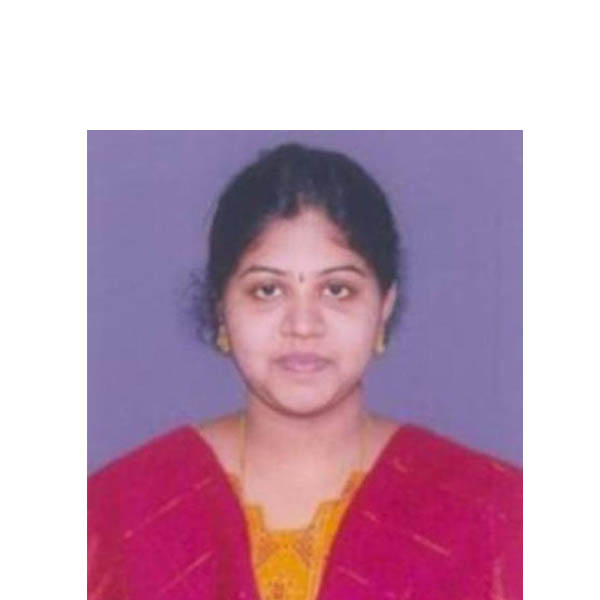
Dr. Gayathri
Assistant Professor sr. Grade1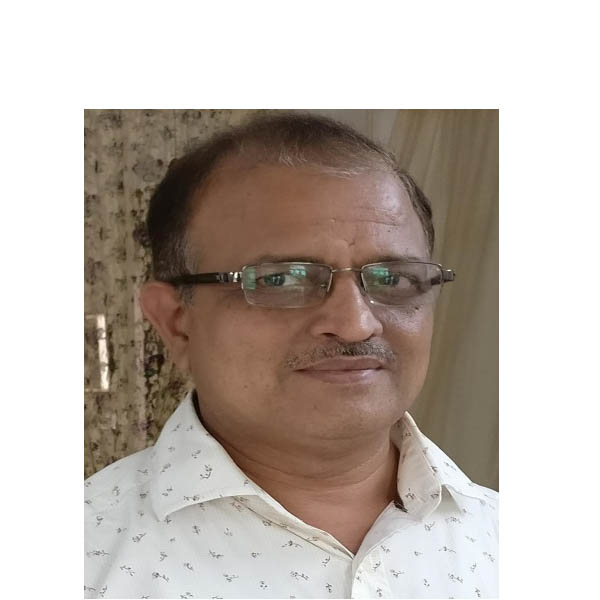
Prof.Shaligram Tiwari
Professor
Prof. R. Velraj
Professor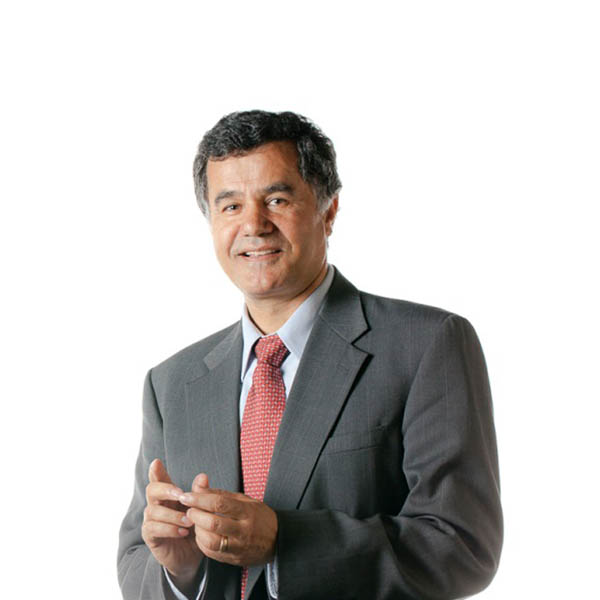
Prof. Fariborz Haghighat
Professor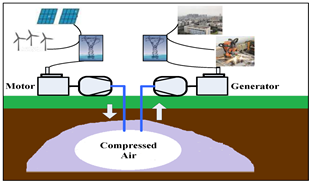
CAES SYSTEM
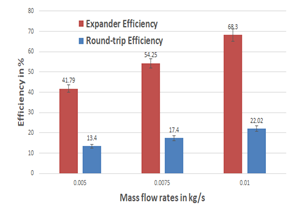
Drawback of poor roundtrip efficiency in existing system
Project Description
Compressed air storage plants are a growing field, especially with the global focus on green energy. With the path toward green energy growing cleaner every year, construction projects like the new emission-free compressed air plant in both Indian and Canada are the first steps toward a green planet, and toward getting humans away from fossil fuels and greenhouse gases. Further, now the new vision has been shifted towards deploying small scale CAES system for building energy applications. However the drawback of poor round trip efficiency is not allowing to deploy the CAES system into commercialization.
The proposed concept is first a stone in the field of developing an energy efficient building through the concept of polygeneration in the renewable integrated compressed air energy storage. The inherent characteristics of renewable energy, such as highly random fluctuation and anti-peak, are essential issues that impede optimal design of a combined cooling, heating and power (CCHP) system. This study presents a novel method of recovering the heat of compression and cool energy during expansion process in CAES system for building thermal demands. In addition, to the thermal energy generated the system can meet the end users’ demands for electricity demands in the building.